This article has been taken from the latest Fleet News safety special report Cut Your Risk. It is sponsored by Europcar and Kwik Fit.
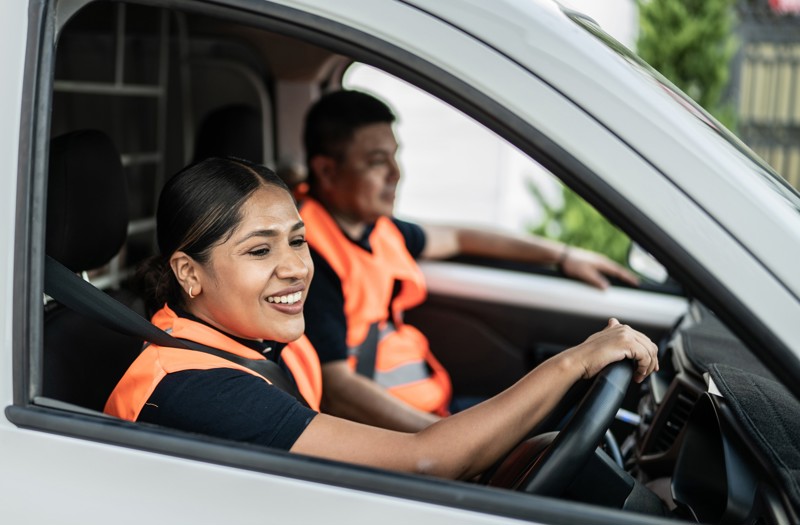
Driver health and well-being has risen up the fleet priority list in recent years and for good reason: happier and healthier employees are more productive and loyal.
“When Driving for Better Business (DfBB) started in 2007, it was all about the cost benefits because health and safety wasn’t really anywhere on anybody’s to-do list,” says Simon Turner, campaign manager at the National Highways programme, which helps employers reduce work-related road risk.
“That’s different now. Employees, certainly the younger ones, are looking for companies that will look after them and do the right things.
“There’s a much better appreciation of the moral angle in treating staff well and looking after their safety.”
This is reflected in the evolving attitudes of organisations towards staff well-being, with many organisations reflecting this by introducing ‘zero harm’ safety cultures.
Balfour Beatty, for example, conceived its Zero Harm terminology in 2008 as a succinct way to define its risk management strategy, with many companies since mirroring this.
It’s a similar situation at Autoglass parent Belron. “We have a zero harm policy where the emphasis is that every incident is a person, a colleague, a friend,” says Andrew Ertl, its fleet contracts specialist.
“We record every incident whether or not it results in time off work so we can identify how to prevent them happening again. Having buy-in from the business is the only way we are able to do this.”
While many organisations feel they have a moral – as well as legal - responsibility to keep employees safe, it also has a positive effect on fleet operations.
Happy and healthy drivers will be more fulfilled by their work, improving loyalty and staff retention, while they will also be more engaged in their job.
This can lead to better productivity and can also mean they are more likely to listen and act on feedback around driver behaviour, be more receptive to adopting new technology such as dashcams and pay attention to cost-saving measures they can influence.
It also means that, when dealing with customers, they are more likely to act as a professional ambassador and representative of the organisation, thereby improving brand reputation.
It could also help attract a higher quality of staff through word of mouth and websites such as Glassdoor, where employees share their experiences of working for different organisations.
Mental health care
Looking after driver health now goes far beyond simply reducing physical injuries through cutting the incidence of collisions.
An increasing number of organisations have introduced initiatives to look after the mental health and well-being of drivers on a day-to-day basis.
This can be influenced by long hours, irregular schedules and the often sedentary nature of the job.
These can combine to create significant mental and physical health risks, including musculoskeletal disorders, cardiovascular diseases and increased levels of stress and anxiety.
The solitary nature of driving can also exacerbate feelings of isolation and loneliness, impacting mental health: research by the Office for National Statistics has found the suicide rate for van drivers is 25% higher than the national average and 20% higher for truck drivers.
To help tackle this, mental health charity CALM (Campaign Against Living Miserably) has partnered with DfBB to produce a toolkit and various resources to educate and support organisations.
There are also other actions organisations can take to improve driver well-being.
Regular check-ins can be scheduled with drivers to have open conversations with them.
This will give them the opportunity to talk about any concerns or stresses they have.
A support system could be put in place to ensure drivers have access to impartial, additional help, while telematics data can be monitored to identify changes to driver behaviours that may be an indicator of issues, such as increased instances of harsh braking or rapid acceleration.
“Work scheduling can affect fatigue or speeding,” says Alison Moriarty, managing director and head of compliance at Beverley Bell Consulting and Training.
“Your driver is working an eight-hour day, so you may think it is fine to give them seven visits in a day with roughly an hour in between.
“But is that fine? Is that driver never going to come across any traffic? Is he never going to take time to get into the vehicle or speak to a customer for longer?
“Are you actually part of the problem? Are you enabling that driver to speed because you gave them too many jobs in the time available?”
Route planning can be used to help: within software packages, priorities can be set to avoid areas where people live and work, while accident blackspots can also be avoided.
Regular health screenings
Regular health screenings and support programmes can be offered and could include eye tests, ergonomic assessments, cardiovascular health screenings and mental health resources.
The quality of a driver’s diet may also be an issue as they could be grabbing food on the go, and this could lead to diabetes which is becoming a hidden epidemic in UK workplaces, says Kate Walker, managing director of the Diabetes Safety Organisation.
“We know that there are five million people with the condition and a further 12.6 million in the UK have pre-diabetes,” she adds.
“These numbers are significant. If people are unmanaged, time off work increases, there is an increased risk of accidents from those who are undiagnosed or those who are not necessarily managing it well.”
Walker says when the Diabetes Safety Organisation works with companies it sees “very little understanding of diabetes”.
“So almost the first failing is that it is not recognised to have any impact in the workplace.
It is seen as just purely a medical condition,” she adds. “People living with diabetes have to also comply with DVLA regulations, and they fit under the Equality act because, more often than not, diabetes would be a disability.
“We really need to start a conversation around diabetes across the industry to make our roads safer and to help anyone who is living with it to feel safe to come forward.”
Safety continues to be among the top priorities for a fleet decision-maker, but it can be a complicated and time-consuming subject to navigate.
Our new Fleet Safety Report aims to simplify this with a focus on a number of key issues, beginning with the reasons – such as moral, legal, operational and financial – why it should be taken seriously.
Employing case studies and industry experts, we also look at how an organisation can ensure its drivers are given the necessary skills to reduce incidents through a robust training strategy, the use of telematics and in-cab cameras to monitor and reduce risk, and how a fleet manager can win buy-in from drivers for new initiatives.
Other topics we investigate are post-collision strategies - what a fleet manager and driver should do after an incident to minimise the likelihood of a similar crash happening again, as well as how to reduce costs and vehicle downtime – and national initiatives which will have a future impact on collision rates.
This includes measures as simple as not referring to crashes as ‘accidents’, as well as the expected publication of a national road safety strategy in the spring.
The report, sponsored by Kwik Fit and Europcar, also features a case study of how a serious road collision led to an engineering company introducing new technologies to improve fleet safety.



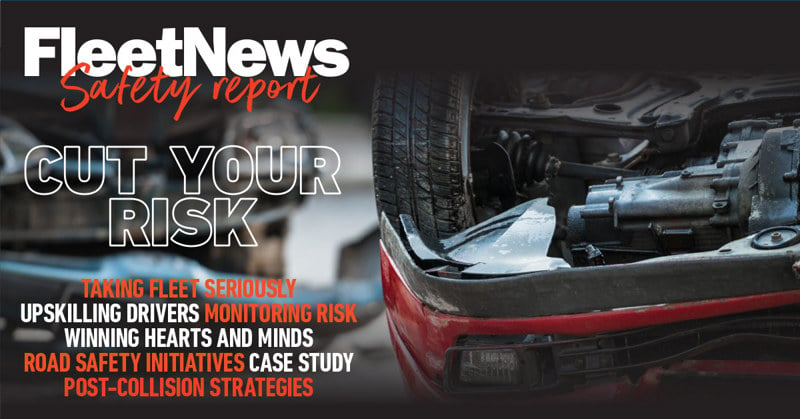
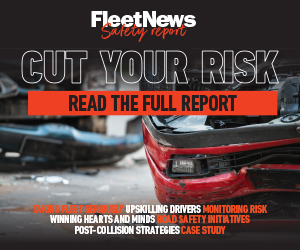












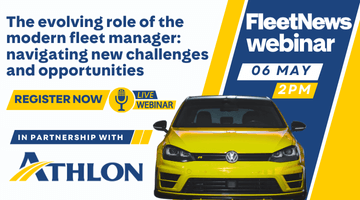
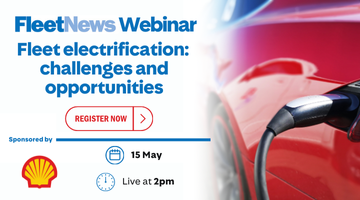


Login to comment
Comments
No comments have been made yet.